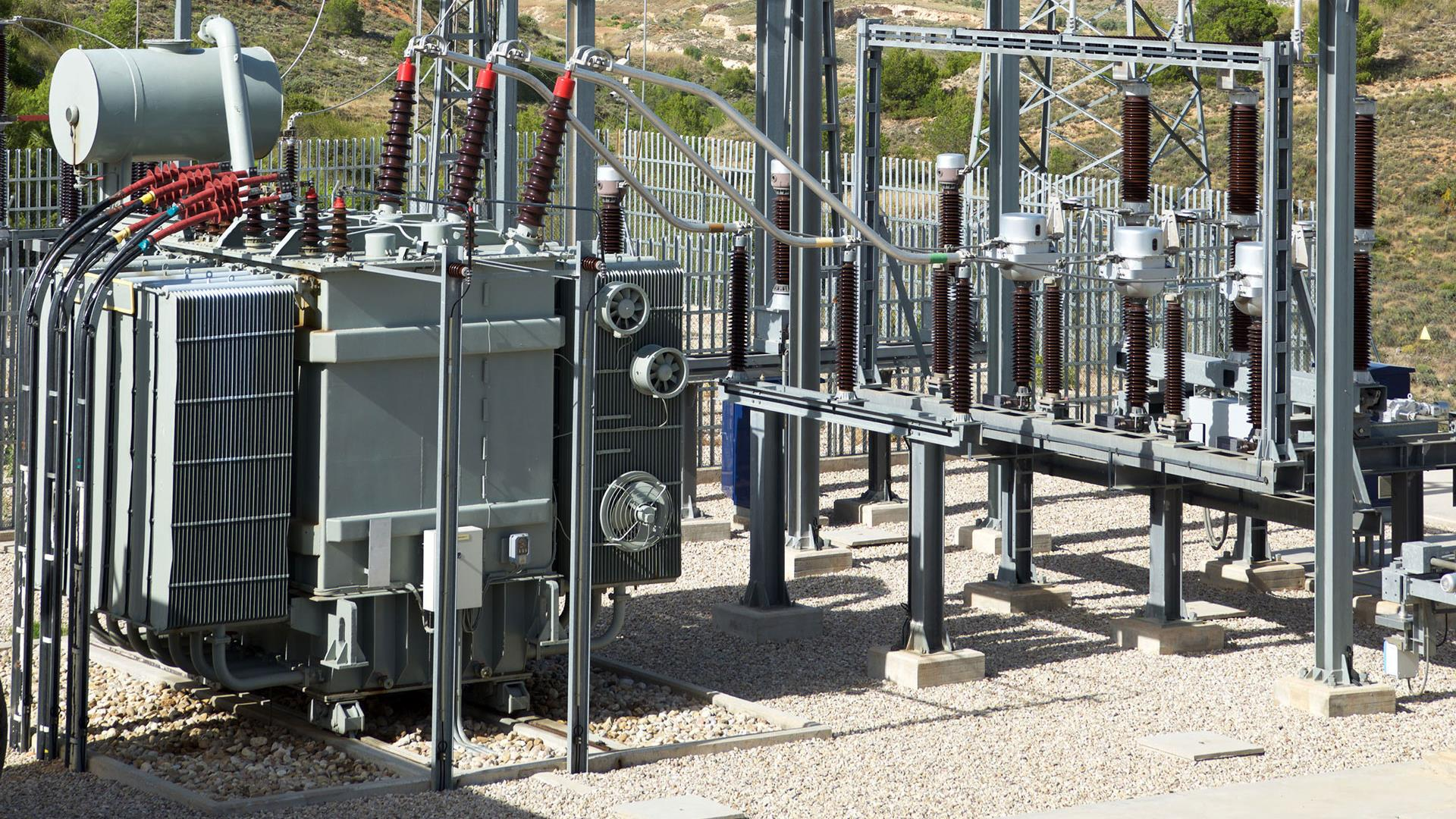
- English
- Español
- Português
- русский
- Français
- 日本語
- Deutsch
- tiếng Việt
- Italiano
- Nederlands
- ภาษาไทย
- Polski
- 한국어
- Svenska
- magyar
- Malay
- বাংলা ভাষার
- Dansk
- Suomi
- हिन्दी
- Pilipino
- Türkçe
- Gaeilge
- العربية
- Indonesia
- Norsk
- تمل
- český
- ελληνικά
- український
- Javanese
- فارسی
- தமிழ்
- తెలుగు
- नेपाली
- Burmese
- български
- ລາວ
- Latine
- Қазақша
- Euskal
- Azərbaycan
- Slovenský jazyk
- Македонски
- Lietuvos
- Eesti Keel
- Română
- Slovenski
- मराठी
- Srpski језик
Key Considerations for Choosing Power Station Transformers
2023-12-26
Key Considerations for Choosing Power Station Transformers
Power station transformers are integral to the efficiency and reliability of any power system. Choosing the right transformer is paramount, with considerations ranging from voltage requirements and power ratings to cooling systems and environmental factors. This article offers valuable insights and tips for selecting power station transformers, ensuring they align seamlessly with your specific power system needs. Whether you're constructing a new power station or enhancing an existing one, discover everything you need to know for informed decision-making and operational excellence

The Role of Electric Transformers in Power Distribution
Types of Power Transformers
Power transformers come in various types, each serving a distinct purpose in power system applications. The common categories include:
1.Step-up transformers: Elevate voltage for efficient long-distance transmission.
2.Step-down transformers: Reduce voltage for effective distribution to homes and businesses.
3.Autotransformers: Efficient voltage regulators for optimized performance.
4.Instrument transformers: Precision instruments measuring electrical quantities like current and voltage.
When choosing a transformer, it's essential to consider the type that aligns with your specific requirements, taking into account factors such as voltage level, power rating, and intended application. Make an informed decision to ensure seamless integration and performance in your power system.
Factors to Consider When Choosing a Power Station Transformer
The reliability and efficiency of a power station transformer hinge on several critical factors. When making your selection, consider the following:
Voltage Requirement: Ensure seamless compatibility with your power system's specific voltage level.
1.Power Rating: Confirm that the transformer can robustly handle your power system's maximum power demand.
2.Cooling System: Tailor the choice to your power system's needs, whether it's air-cooled, water-cooled, or oil-cooled.
3.Noise Level: Evaluate the transformer's noise emissions, especially crucial in residential or urban areas.
4.Reliability: Prioritize high-quality transformers to minimize downtime and cut maintenance costs.
By attentively addressing these considerations, you can make informed decisions that enhance the overall performance and longevity of your power station transformer.
Regular maintenance and testing are indispensable for the efficient and reliable operation of power station transformers. Key activities include:
1.Cleaning: Remove dirt and debris to prevent damage and mitigate the risk of failure.
2.Inspection: Thoroughly examine components such as insulation, bushings, and cooling systems for signs of wear and potential issues.
3.Testing: Conduct ratio tests, insulation tests, and power factor tests to assess performance and identify any underlying problems.
By adhering to these essential maintenance and testing protocols, you can safeguard the optimal functionality and longevity of your power station transformers, minimizing downtime and ensuring consistent operational efficiency.
Transformer Installation and Commissioning
Transformer Installation and CommissioningProper installation and commissioning are essential for correct functioning. Follow manufacturer instructions for placement, secure mounting, and stable foundations. Commissioning involves testing voltage regulation, insulation resistance, and power factor to verify efficient and reliable operation.
Transformer Safety Considerations
Transformer safety is crucial to prevent accidents and damage. Consider the following safety measures:
1. Electrical hazards: Take precautions to prevent electrical shock and electrocution.
2. Fire hazards: Install fire suppression systems and ensure proper grounding.
3. Environmental hazards: Prevent oil spills to minimize environmental damage.
Adhere to safety procedures, wear appropriate personal protective equipment, ground the transformer, and follow maintenance guidelines.
Common Transformer Problems and Troubleshooting Techniques
Detecting and diagnosing transformer problems early is crucial. Common issues include overheating, insulation failure, and winding failure. Diagnostic tests such as temperature, insulation, and power factor tests can identify the root cause. Take appropriate corrective actions for repair.
Conclusion and Key Takeaways
Choosing the right power station transformer ensures efficient and reliable power system operation. Consider factors such as voltage, power rating, cooling system, noise level, and reliability. Regular maintenance, proper installation, and testing contribute to reliable operation. Choose a reputable manufacturer adhering to quality standards. Prioritize transformer safety by following safety measures. By considering these key factors, you can select a transformer that meets your power system's needs.




